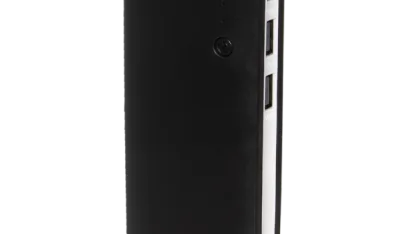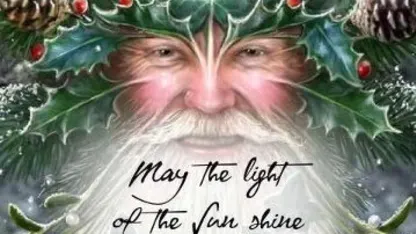Blue Sky Gear 6-Piece Camping Bundle

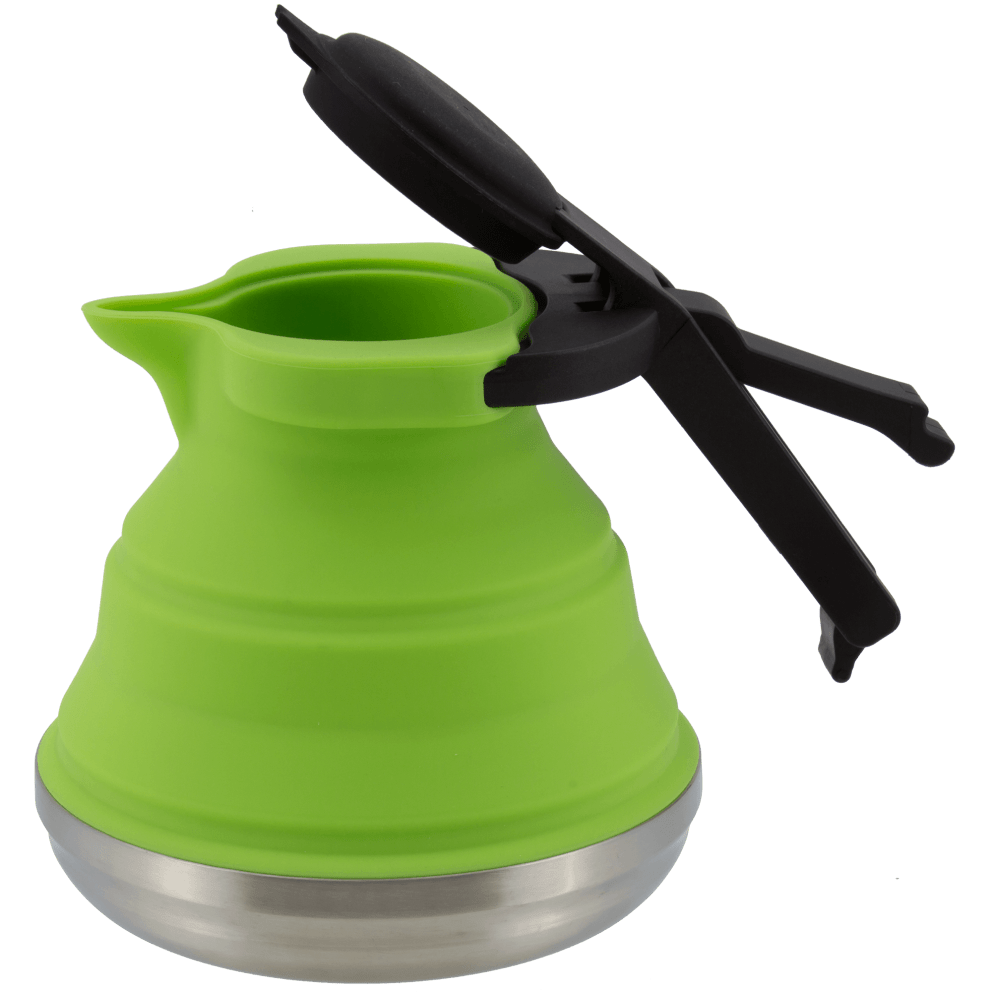
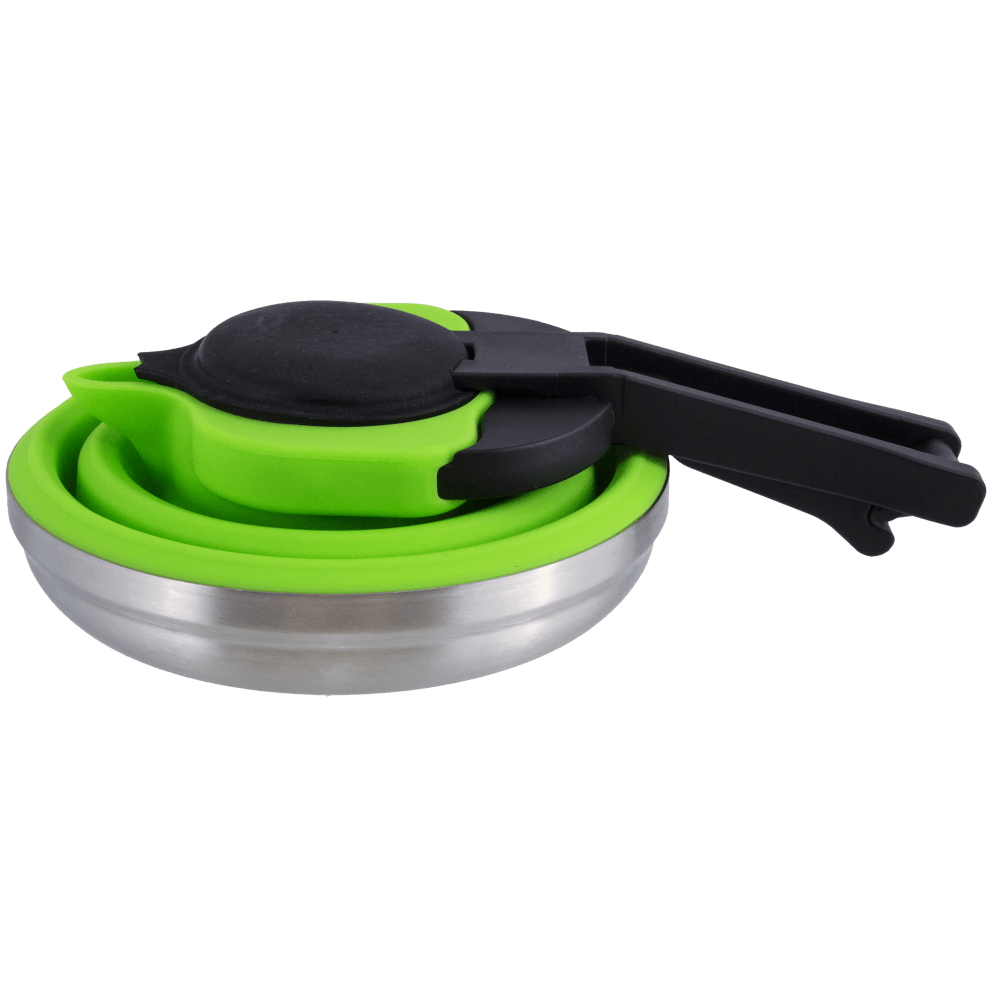

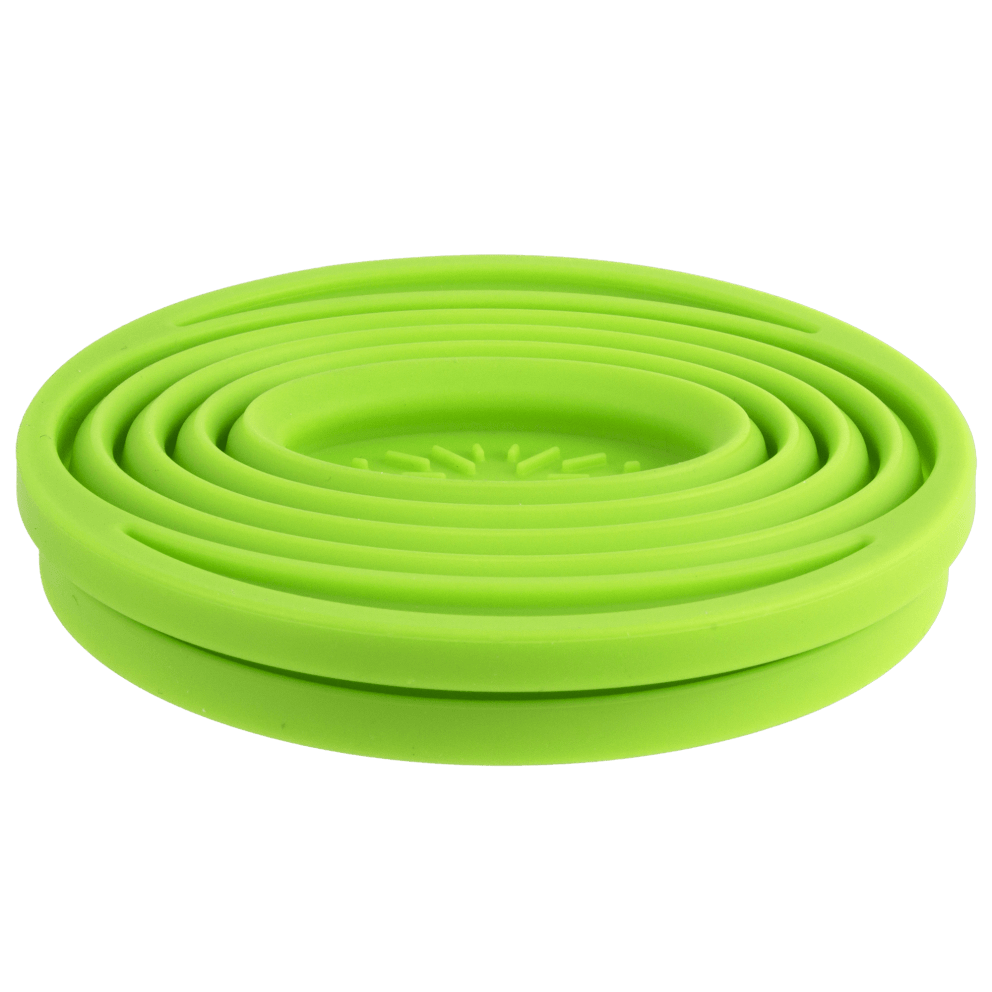
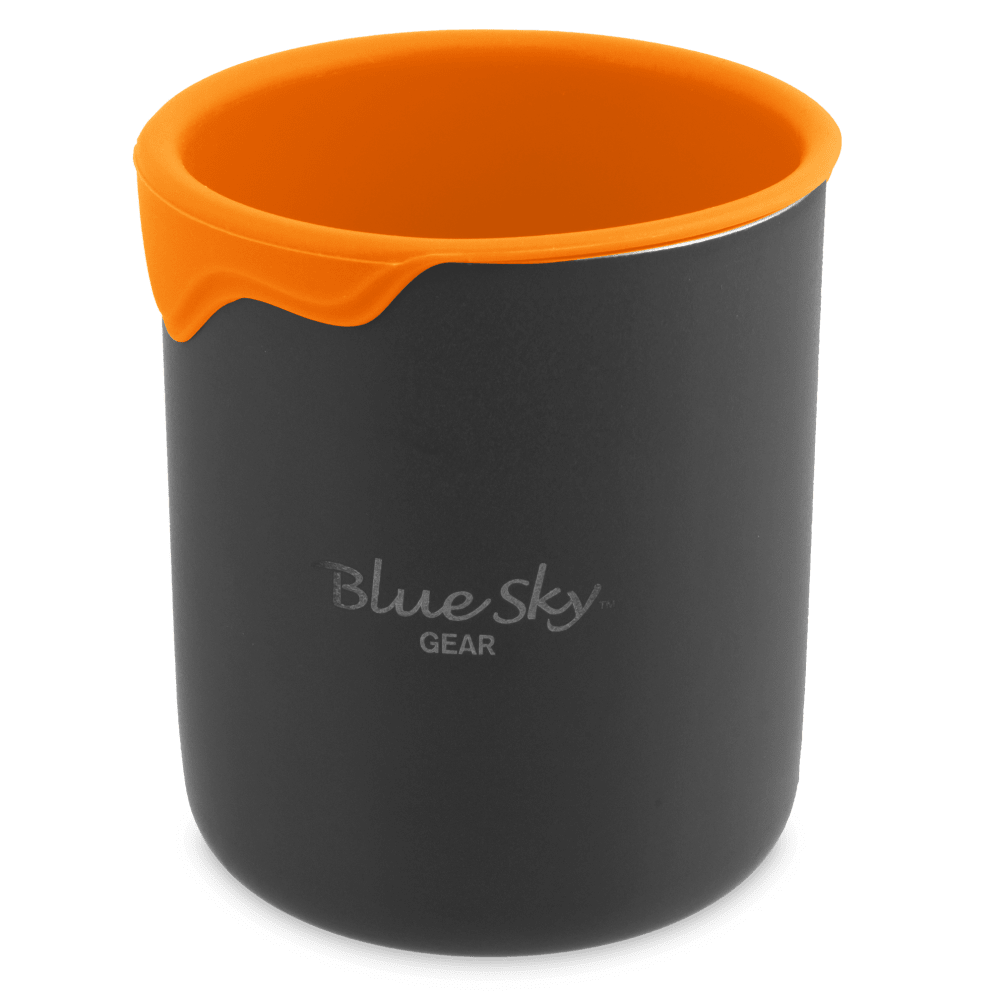

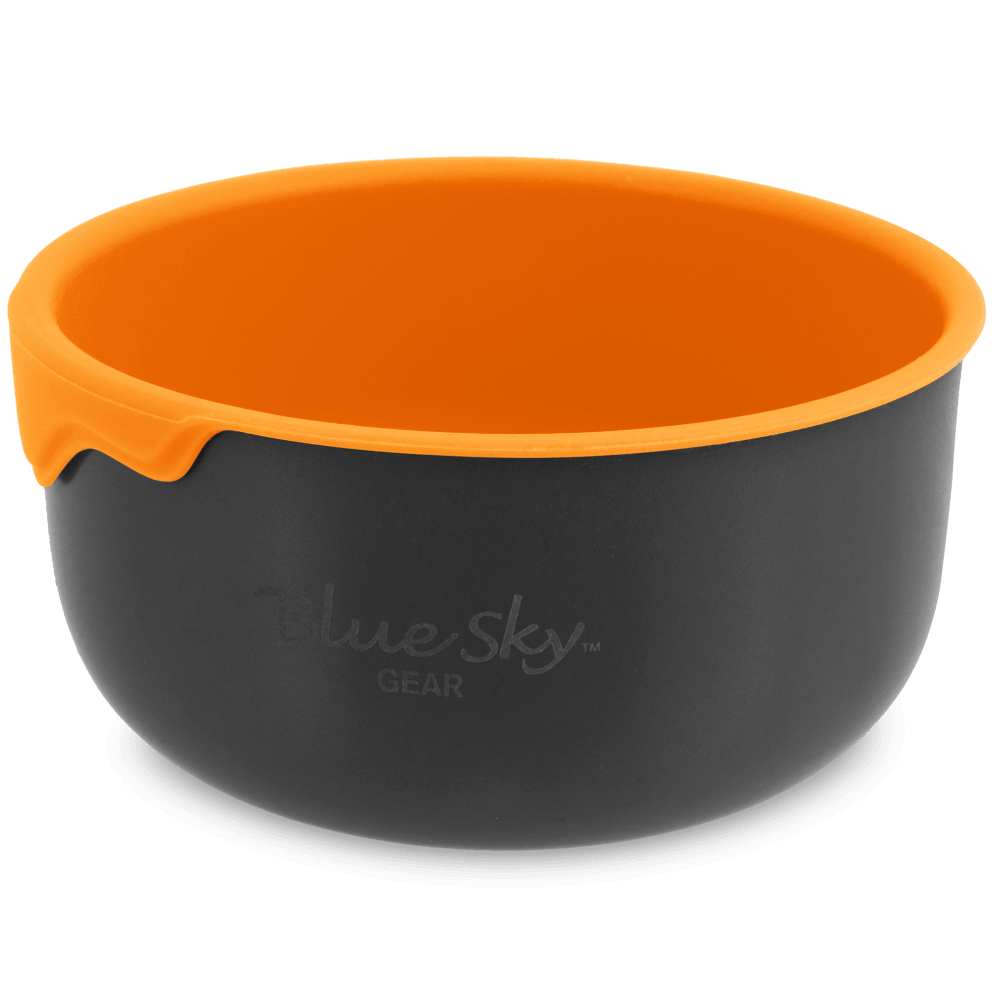




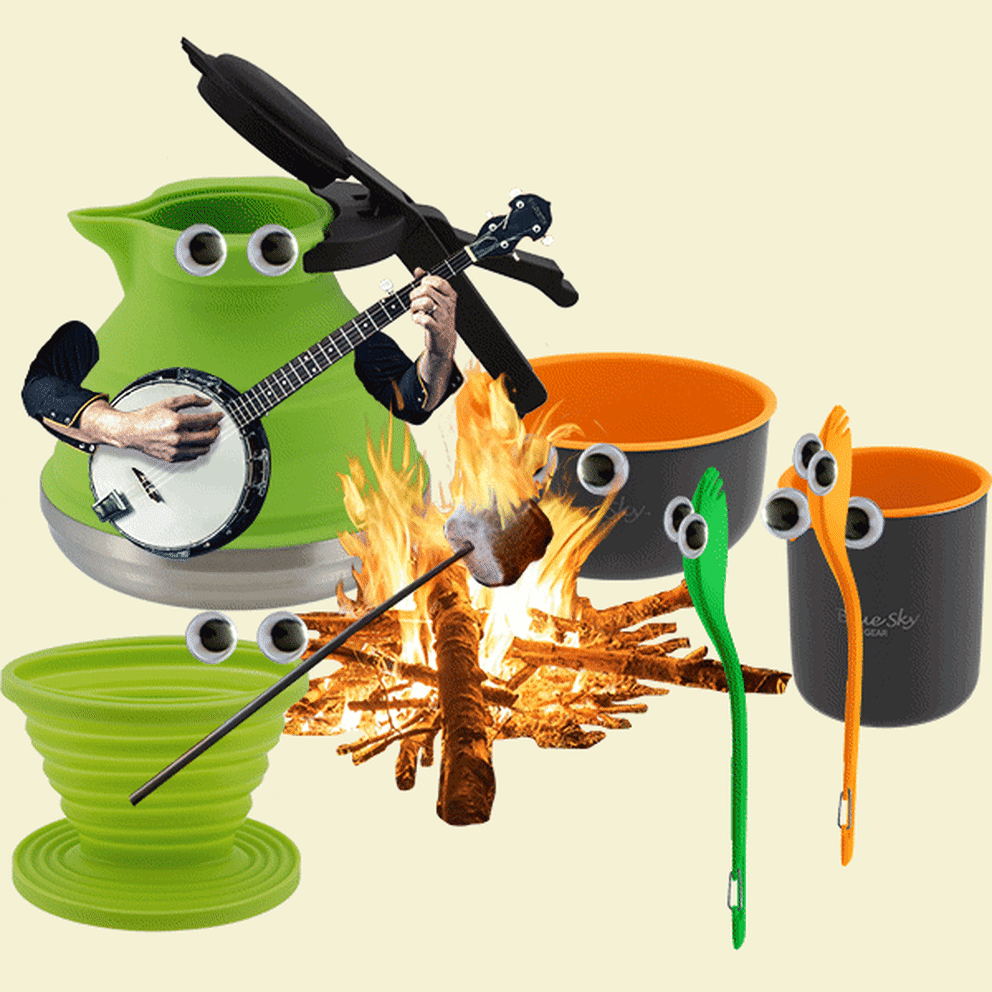
Our Take
- You get a kettle, a double bowl, a double mug, and a spork- Make coffee, oatmeal, instant soup, hot chocolate, those fancy dried camping meals, etc.- The silicone kettle has a stainless steel bottom, so you can set it right on the camp stove or cook top- The double bowl has an aluminum outer shell and a silicone liner: keep them together for one insulated bowl, or take them apart to make two- The double mug works the same way: one insulated mug or two individual mugs- And there are two sporks because who doesn’t love sporks?- Model: 32-PKT0019, 32-PKT0031, 32-PKT0045, 32-PKT0048 (in other words, the model number doesn’t matter because you’re not going to waste your Sunday Googling all those individual pieces)
Campfire Hits: The '60s Pop-Folk Fad
Hey, look, camping stuff, cool. A silicone-and-steel kettle, double bowls, double mugs, and a couple sporks. Nice. But no guitar. Meh writer @JasonToon here, to ask the musical question “Why don’t people sing around campfires anymore?” Ruined by too many bros yowling “Jane Says” into the darkened forest, I guess.There was a time when a campfire without a singalong was like a banjo without a fifth string. There was a time, in living memory, when this was not only a smash hit record, but in some circles, was considered the height of cool:https://d2b8wt72ktn9a2.cloudfront.net/mediocre/video/upload/v1736458516/c82be583eae37a7e45a6a4ef4fc082cc.mp4"Greenfields" by the Brothers Four (1960) was but one of a stack of acoustic, harmonic million-sellers during the late ‘50s and early ‘60s that are impossible to imagine on Top 40 radio today. It may sound harsh to call the pop-folk boom a “fad”; after all, many of the songs were among the most enduring compositions in all American music, and the sound drew on traditions far older than recorded music itself.The faddish part was this music’s rapid commercial rise and equally rapid fall. By 1960, the energy of early rock ‘n’ roll had dissipated, jazz was spiralling into avant-garde and out of the pop charts, and the r&b giants at Motown and Stax were just revving up. Into the void came the likes of the Highwaymen with their version of “Michael (Row the Boat Ashore)” (1962):https://d2b8wt72ktn9a2.cloudfront.net/mediocre/video/upload/v1735929087/no_longer_available_qknaul.mp4I understand if you want to bail now: the well-scrubbed, earnest dorkiness of this stuff can be too much to take. A Mighty Wind has definitively skewered of all that. I’m more interested in thinking about this music as it would have sounded to listeners at the time. To our ears now, it’s among the whitest music ever waxed. But that quality also brought pop-folk into mainstream showbiz channels where rock ‘n’ roll never would have been allowed. Today, “Green, Green” by the New Christy Minstrels (1961) is a catchy, almost polite pop earworm. In a world of Patti Page and Perry Como, it must have sounded like a primal rustic howl:https://d2b8wt72ktn9a2.cloudfront.net/mediocre/video/upload/v1736458525/7699b16b90b07f97c51673ca9c01c15d.mp4The boom reached its pinnacle with Hootenanny, ABC-TV’s weekly folk show, still good clean fun for idealistic but sensible young folks. Check out the Penn State crowd singing along with the Limeliters’ version of Billy Grammer’s country hit “Gotta Travel On” in this 1963 clip:https://d2b8wt72ktn9a2.cloudfront.net/mediocre/video/upload/v1736458533/ff67e0e848753c2561fbef8592c48b9a.mp4Again, you have to keep the times in mind. These musicians came of age during the McCarthy era that drove the original folk boom underground. These bands formed in the Eisenhower administration. Against that backdrop, the likes of the Kingston Trio’s “M.T.A.” - a comic 1959 protest of higher transit fares - was a spark of irreverence:https://d2b8wt72ktn9a2.cloudfront.net/mediocre/video/upload/v1736458540/8ef70d7a450ec2899b1ff0ec64f226d7.mp4Here’s one for Meh’s Texas peeps, a couple of kids from California named Bud & Travis who had a hit with “The Battle of the Alamo” in 1960:https://d2b8wt72ktn9a2.cloudfront.net/mediocre/video/upload/v1736458547/1c81674538470483c2dca80b464f0412.mp4Of course, not every pop folkie found pop success. True to the name, the Journeymen worked the circuit without ever quite finding their big signature hit. “Don’t Turn Around” (1962) was as close as they got:https://d2b8wt72ktn9a2.cloudfront.net/mediocre/video/upload/v1735929087/no_longer_available_qknaul.mp4Over in Britain, a Scottish sparkplug named Lonnie Donegan had become one of the country’s biggest stars with versions of American folk songs like “Rock Island Line” and “Tom Dooley” in a style that became known as “skiffle”. The resulting “skiffle boom” inspired countless bands like a Liverpool outfit called the Quarrymen, featuring young John Lennon, Paul McCartney, and George Harrison. Donegan’s biggest US hit came with a comical novelty called “Does Your Chewing Gum Lose Its Flavor On The Bedpost Overnight?”, which fit right in with the American pop-folk smashes of 1959:https://d2b8wt72ktn9a2.cloudfront.net/mediocre/video/upload/v1736458555/5fbe9e3629cadcd595ef3f1c81a93e2b.mp4The folk gold rush attracted various weirdos who thought rock n roll was passe, and pop too inane, but still wanted a shot at the commercial success. Years before he masterminded "These Boots Are Made For Walkin’" and “Some Velvet Morning”, L.A. freak Lee Hazlewood was one of the Shacklefords, harmonizing on “Stranger in Your Town” (1963):https://d2b8wt72ktn9a2.cloudfront.net/mediocre/video/upload/v1736458562/614ce821b9d9af1fb20574c14c18f511.mp4Of course, while the ‘50s-originated pop-folk harmony groups were ruling the charts, something else was stirring in New York and San Francisco. The rawer, more outspoken likes of Bob Dylan, Phil Ochs, Joan Baez, and countless like-minded troubadours didn’t dress up their music, or themselves, or their opinions in pop trappings. The days were numbered for the shorthairs in matching sweaters.Peter, Paul & Mary were put together to split the difference by manager Albert Grossman, who saw money to be made bottling up the new rebellious spirit into the old showbiz bottles. Their 1963 megasmash “If I Had A Hammer” may be more political than the likes of “Chewing Gum” and “Green, Green”, but it’s just as clean, tight, and radio-friendly:https://d2b8wt72ktn9a2.cloudfront.net/mediocre/video/upload/v1736458568/66bd733cc24dd11ef8bd78075d783f97.mp4As more and more political folk crept onto the charts, a guy who knew a thing or two about rustic American songs offered his humorous commentary on the place of politics in music. On “The One on the Right Is on the Left” (1965), Johnny Cash warns against “mixing politics with the folk songs of our land” - a warning he himself would break by decade’s end with his own protest songs:https://d2b8wt72ktn9a2.cloudfront.net/mediocre/video/upload/v1736458574/2cb64fa1916c809b39923ef1550a1ab7.mp4The purer, more serious folk scene wasn’t the only threat to pop-folk by 1964. The Beatles reinvigorated rock ‘n’ roll, suggesting vast artistic possibilities in a style that many folkies had dismissed as greasy kids’ stuff. Crate-digging blues aficionados unearthed the wealth of blues music previously unheard by white audiences: why listen to a bunch of preppies steamroll the soul out of “Goodnight Irene” when you could hear Leadbelly do it for real?Like the outermost ripples of a wave, the last remnants of pop-folk were found abroad. Canadians Ian & Sylvia showed up on the New York scene, but they had much more pop in their hearts, as on “Four Strong Winds” (1964):https://d2b8wt72ktn9a2.cloudfront.net/mediocre/video/upload/v1736458586/84039d13ac7c1ebd0c44ce8925e01972.mp4From New Zealand via Canada came Gale Garnett with “We’ll Sing in the Sunshine”. The fact that this huge 1964 hit was considered “folk” at all shows how drastically the cabaret strain of folk had diverged from the kind stomped out in dimly lit brick-wall clubs:https://d2b8wt72ktn9a2.cloudfront.net/mediocre/video/upload/v1735929087/no_longer_available_qknaul.mp4And Australia sent the Seekers to the UK, where their sprightly harmonies dominated the charts thanks to listeners too old to appreciate the longhaired younger groups. In the year of “Ticket to Ride” and “(I Can’t Get No) Satisfaction”, the Seekers had the second-biggest-selling British single of the year with “I’ll Never Find Another You”. This clip looks it had to have been shot at least five years earlier than its 1965 recording date:https://d2b8wt72ktn9a2.cloudfront.net/mediocre/video/upload/v1736458597/2e3e2d943cdbfcc50dfcc1f542aa046e.mp4Like I said: not the most thrilling music of the 20th century, nor the most viscerally powerful. But the brief pop-folk fad played a huge role in keeping earlier strains of American music in the commercial arena during a very homogenizing time. If the Kingston Trio hadn’t sold millions of records, would anyone have taken the commercial gamble of signing Bob Dylan to a record contract? What if Roger McGuinn (ex-Limeliters) and Gene Clark (ex-New Christy Minstrels) hadn’t met on the coffeehouse circuit and formed the Byrds? What if John Lennon had never heard Lonnie Donegan?You don’t have to sing these songs around the campfire to enjoy them for what they are: catchy pop records from a short-lived but influential commercial fad. And if you feel self-conscious singing them around the campfire, just remember all these preppies in their sweaters: maybe sometimes you have to look like a dork to have some real fun.





